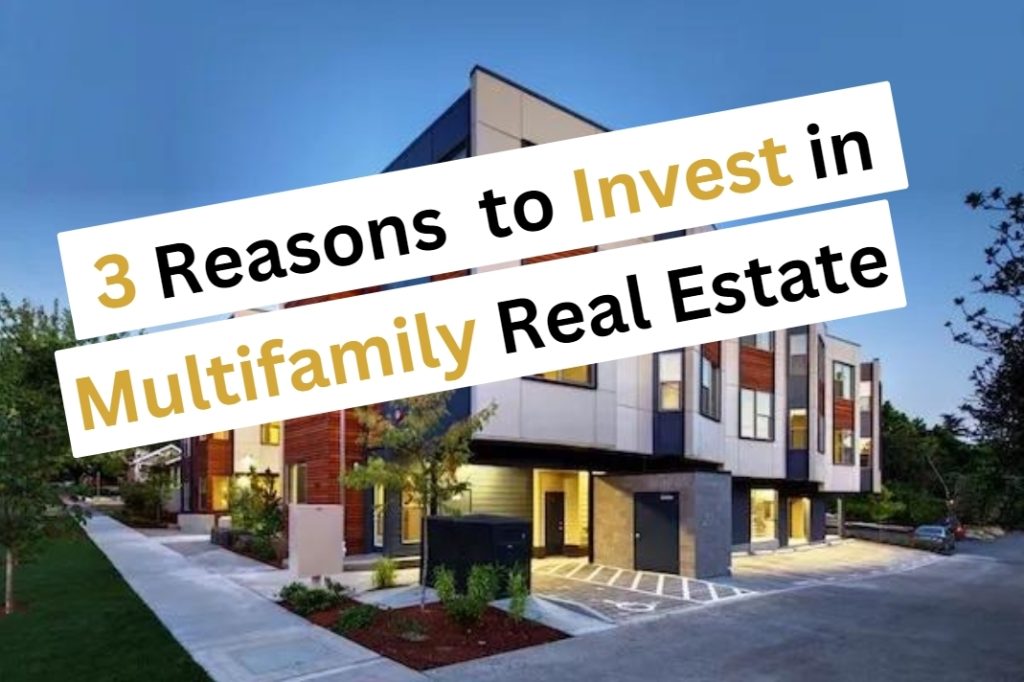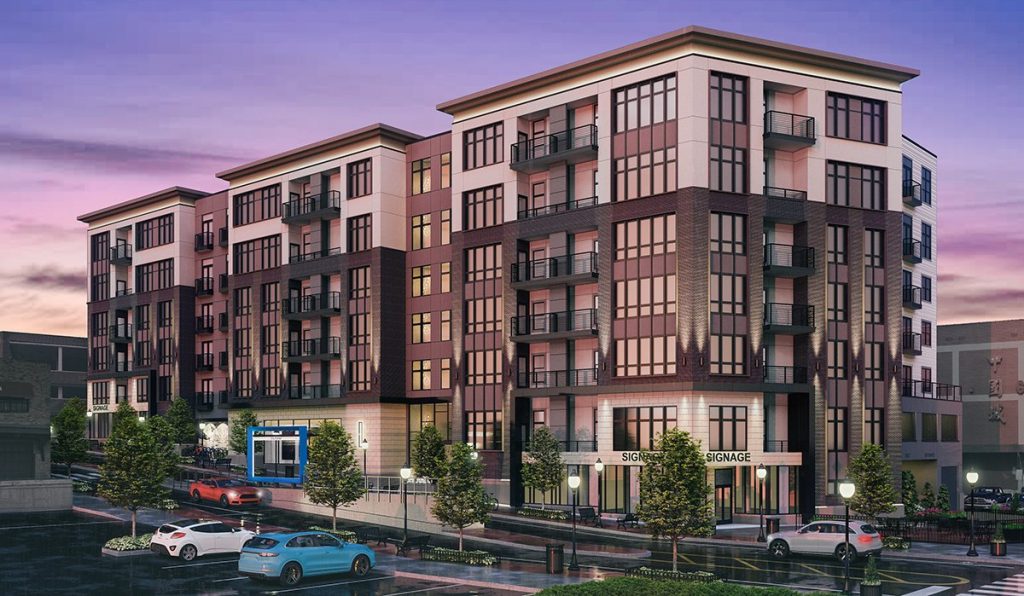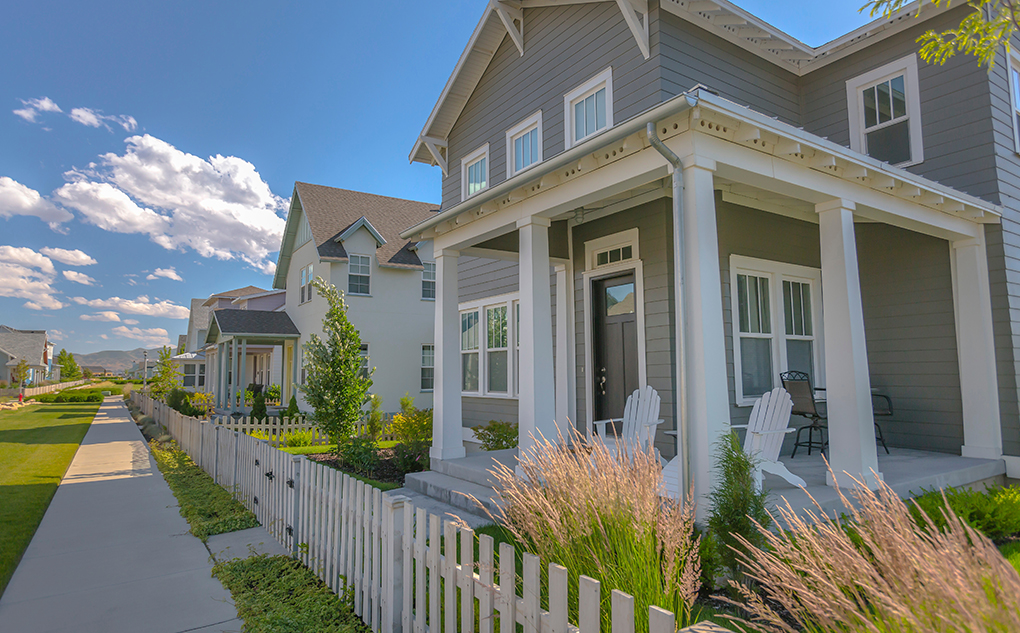Building industry officials say more flexible local zoning and land use regulations could be key to increasing the number of apartments. Some cities and counties are doing those things, but the situation is complex.
Demand for apartments across the U.S. exceeds the number of units available for rent by 600,000, according to two industry groups. But the situation is going to get even worse: Research released in July by the National Multifamily Housing Council and the National Apartment Association shows that the nation needs 3.7 million new units by 2035 to meet demand.
The industry groups point to local governments as they say multifamily builders are stymied by government regulations, which account for 40% of a new project’s development costs. Zoning and land use restrictions, the trade groups said in their report, “can discourage developers from building in the very marketplaces that have the greatest need for more housing.”
More flexible local zoning and land use regulations could be key to increasing the supply of apartments, they said.
“There really isn’t a one-size-fits-all solution,” Caitlin Sugrue Walter, NMHC’s vice president of research, told Route Fifty. “Every jurisdiction is going to be different. We encourage local jurisdictions to take a look at what you’re requiring multifamily developers to do.”
Combined with a lack of skilled labor, pandemic-induced supply shortages and fevered protests from “not-in-my-backyard” opponents of high-rise rental structures, zoning and land use rules at the city level have contributed to the underbuilding of both multi- and single-family structures, according to Walter.
Mike Kingsella, CEO of Up for Growth, a group advocating for solutions to the housing shortage, acknowledged that cities can do little about labor, lumber and lending obstacles when it comes to development. But they can control policies when it comes to height limits, off-street parking requirements and permitting delays that “add costs before [a project] is even built,” he said.
Even policies intended to increase housing affordability can push costs upward because of the cost of compliance, Walter noted. Building owners typically pass those costs along to tenants in the form of higher rents. She pointed to fast-track permitting, discounts on the purchase of public land, zoning for denser development, and investing in utility and sewage infrastructure for infill projects as actions cities can take to speed the pace and lower the cost of apartment construction.
Others, including the Brookings Institution, have called on cities like Boston to legalize high-density apartment construction near transit stations, which they have said could take commuters—and the emissions from their cars—off the roads and spill new residents into the local economy, where they would pay taxes, patronize stores, and restaurants and fill local jobs.
Walter said the construction of additional rental units would curb rent increases and make room for local workers to live close to their jobs, Additional apartments also would bring millennials, the age group most likely to seeking rental housing, to cities at a time when many are losing population.
In addition, Walter and others pointed out, an adequate supply of housing would ease homelessness and its financial burden to cities and fill municipal coffers with more property tax income.
The lack of new apartments on the market nationally has led to monthly rent payments that cost average tenants 40% of their income compared with the universally recommended 30%, outpacing both inflation and wage increases. Those who pay more than 30% of income on rent are referred to as “cost burdened.”
Walter explained that high housing prices stemming from a lack of new building—of both multifamily and single-family units—has left many would-be, first-time homebuyers paying so much rent that they can neither save a down payment nor afford the selling price of a home for sale.
New development, she said, lowers housing prices by rendering existing stock as “older,” so it typically fetches lower rents. When construction is stalled, the most recently built structures continue to draw high rents, even as they age.
Apartment shortages are most acute on the coasts, but inventory is lagging across the country.
“America’s housing underproduction … is severe, it’s growing and it’s present in many more places in the country than people realize,” Kingsella told Route Fifty. “It doesn’t matter if you’re in an urban community, a suburban community or a rural community, the [availability] of housing is outstripping supply.”
Response From Cities
Some cities are Minneapolis in 2019 became the first major city to chip away at zoning that prevented the building of anything but single-family homes in approximately 75% of the city. By 2040, a comprehensive plan will abolish single-family zoning, making way for new duplexes and triplexes anywhere in the city.
Portland, Oregon, was next, welcoming buildings with up to four units into single-family neighborhoods. Seattle, where land-use laws restrict multifamily building in approximately 75% of the city, wiped the term “single-family zoning” from its regulations last year, a move one local news outlet labeled “a joke” and “only words—for now.”
Not all cities are supportive of efforts to bring more multifamily buildings to their jurisdictions, especially if it means doing away with exclusively single-family communities.
When California adopted its ban on single-family zoning, officials in more than 200 cities opposed it.
And Roswell, Georgia, a suburb of Atlanta, where one of every three residents lives in an apartment, is considering a ban on new apartment complexes except those integrated into mixed-use developments.
Some cities have gone to extremes to oppose state efforts to intermingle multifamily and single-family dwellings.
When California passed legislation requiring cities to allow the building of duplexes on single-family lots, officials in Woodside responded by declaring the entire community as a habitat for endangered mountain lions. The town backed away from its plan, however, after a warning from the state attorney general and the threat of a lawsuit.
And Atlanta’s decision to allow small apartment buildings to locate near public transportation led residents of its upscale Buckhead neighborhood to attempt—unsuccessfully—to secede from the city.
Still, Kingsella said he is seeing “a growing energy around how we can craft better land use and zoning policies.”
And Walter conceded that “we’re in a little bit better shape than we were” during the pandemic.
Real estate brokerage Redfin reported a 9% decline in housing inventory in April, the smallest loss of stock since March 2020. The firm attributed the positive news to a decline in sales in response to rising interest rates.
Kingsella said his organization advocates “the intelligent use of land and thinking incrementally.”
“There are thousands of communities across the country that control their own land use policies,” Kingsella said. “That’s not dictated by the federal or state government. This is a lower policy structure. It’s local police power, and at the end of the day, the communities wield the power to [build according to] their own land use policies.”
The National League of Cities and National Association of Counties did not respond to requests for interviews before publication of this story.
https://www.route-fifty.com/infrastructure/2022/08/us-short-millions-apartments-what-can-localities-do/376285/






